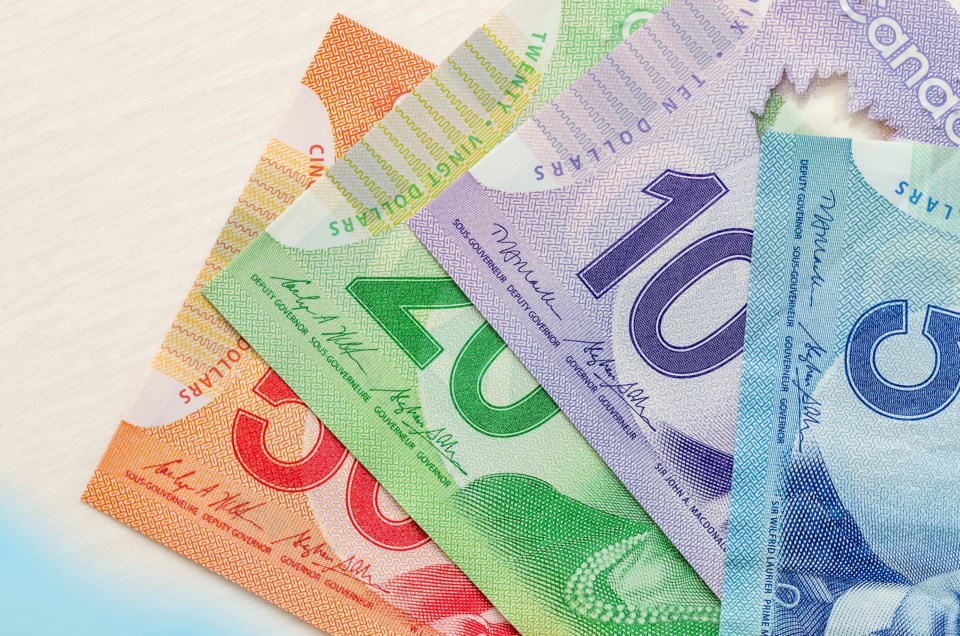MOOSEJAWTODAY.COM — Homeowners will pay more than a full percentage point extra in municipal taxation this year than first thought because of city council’s desire to narrow the tax gap between residential and commercial properties.
which was expected to generate $2,679,902 in additional taxes this year, with $2,076,340 coming from residential and $596,562 coming from commercial.
However, since 2018, council has wanted the property tax gap narrowed between the two subclasses so taxpayers share the financial burden with the commercial sector.
According to the 2024 tax policy report presented during the April 22 executive committee meeting, by sharing the tax hike, residential properties will see an increase equal to 8.93 per cent — a jump of 1.33 per cent from December — and commercial will see an increase equal to five per cent.
In 2017 the property tax gap was 2.43 times, which meant if a residential property assessed at $200,000 paid $1,000 in taxes, for example, then a similarly assessed commercial property would pay 2.43 times that amount.
This year, the tax gap is 1.80 times, compared to 1.86 times last year.
Most taxpayers will likely pay an extra $30.32 per month or $363.97 for the year based on this year’s initial tax hike. However, it’s unknown how much extra they will pay with the additional 1.33 per cent in municipal taxation.
Shrinking the tax gap
A major contributor to the tax-gap decline was the provincial government, which in 2021 reduced the provincial assessment percentage value for commercial properties by 15 per cent, said Brian Acker, finance director.
Meanwhile, the remaining tax gap shrinkage is due to city council’s decision to force residential to share the tax increases with commercial, he continued.
Appeal losses
The finance director summarized the commercial assessment appeals in 2023, saying 79 entities questioned their property estimates and 39 eventually appealed to the provincial level.
From the successful appeals, the municipality saw commercial and industrial appeal losses of roughly $8.65 million, equalling $182,527 or 1.2 per cent in lost municipal taxation. In comparison, in 2022, those numbers were, respectively, $8.67 million, $135,379, and 1.2 per cent.
“Interesting to note, last year we estimated it would be 1.2 per cent … and it’s almost exactly that this year,” said Acker. “That’s good news (because) in that budget, you have those monies set aside.”
City administration is recommending that council maintain the commercial and industrial mill rate factors to fund the appeal reserve account since it expects to see similar commercial losses this year, he continued.
Since Moose Jaw is seeing modest growth in commercial assessments, administration believes it can absorb another $139,379 in appeal losses this year, Acker added. Also, city hall “always (taxes) on a revenue-neutral basis,” which allows it to adjust for losses.
Based on the data, Mayor Clive Tolley said it was good news that Moose Jaw was in the “middle of the pack” provincially with its taxation. Specifically, commercial taxation was slightly lower than elsewhere, which meant the city was welcoming more investment.
Tax policy direction
Council later voted 6-1 — Coun. Kim Robinson was opposed — to approve several recommendations for this year’s tax policy.
Council authorized city administration to set the mill rate factor for agricultural lands (other and non-arable) so they pay the same rate of taxation as if they were in the Rural Municipality of Moose Jaw.
Secondly, council wants this year’s municipal tax increase to be shared between residential and commercial property classes by adjusting the mill rate factors in each class. Those numbers are 0.7872 and 1.4062, respectively.
Thirdly, council wants to use this year’s commercial and industrial assessment growth funding to offset the property appeal losses from 2023. Further, it wants the allowance for assessment appeals to be set at 1.2 per cent this year and be funded from those property classes.
The next regular council meeting is Monday, May 13.




